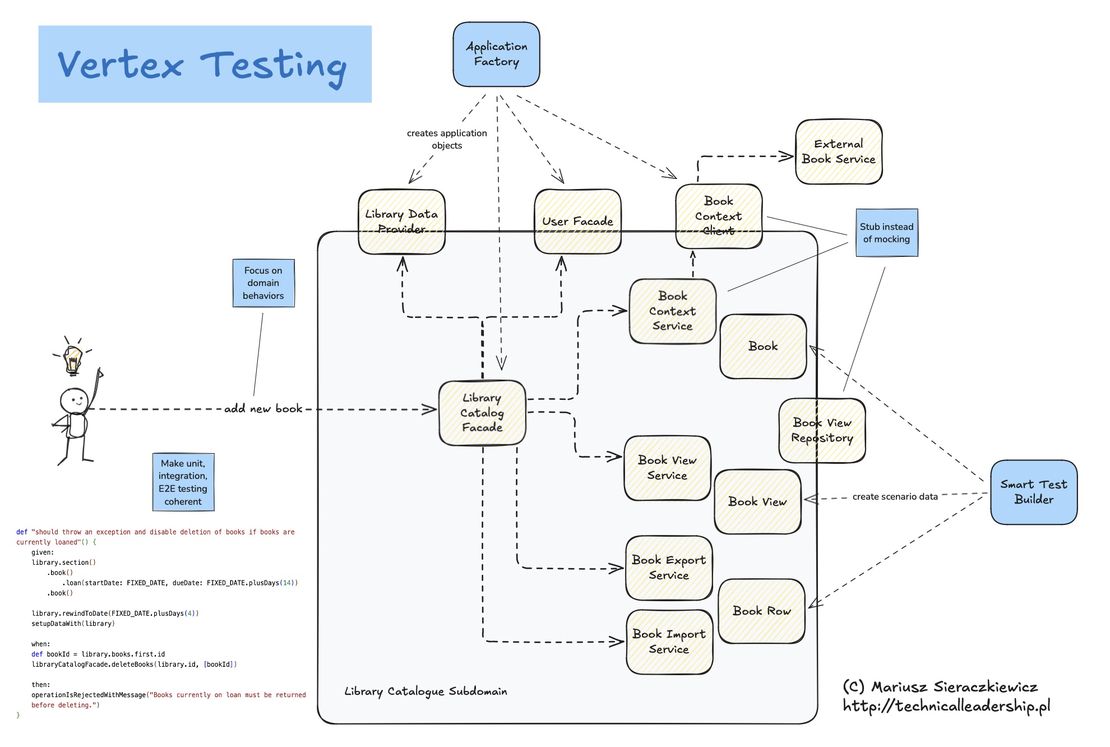Young Manager/Team Leader! Get a Grip!
- Mariusz Sieraczkiewicz
- Leadership , Project management
- February 15, 2011
Table of Contents
History tends to repeat itself, and this is a common tale among young managers and team leaders. A recurring, tragic mistake is the commitment to unrealistic deadlines.
Why Do We Commit to Unrealistic Deadlines?
This mistake happens for several reasons:
- External Pressure: From clients, managers, directors, etc.
- Internal Pressure: A desire to prove how good our team is.
- Lack of Knowledge: Sometimes there’s a complete lack of understanding about the project’s requirements.
- Other reasons? Feel free to add your thoughts!
Handling External and Internal Pressure
For the first two points, the solution seems simple: assertiveness and honesty with oneself and with superiors or clients. It often requires stepping out of one’s comfort zone to say, “It’s not possible in this timeframe.”
You might encounter resistance, but it often showcases professionalism, defined here as “not committing to vague or unrealistic deadlines.”
Negotiating Realistic Timelines
I am often asked how to handle projects when there’s already a lack of time, resources, and clarity of requirements. The answer is simple: “Don’t agree to it; rather, negotiate.” Demonstrate why the deadline is unrealistic. Break down the work and estimate it. Highlight the risks. Don’t agree to compromise on quality (“We’ll manage somehow — we’ll skip testing, acceptance criteria, as long as it works”).
Negotiated deadlines are not set in stone, and you can often adjust them if you have convincing arguments. As a manager, I’ve sometimes mentioned deadlines off the cuff, without much thought. Occasionally, my team gets attached to these deadlines, sometimes forgetting that they can negotiate them. Often, a brief discussion is enough to resolve it. Almost everything is negotiable in this world! But it often requires courage! One of the core values of Agile is Courage. Do you know why? :)
Embrace Methodologies with Mentorship
For lack of knowledge, start using some methodology :) Seek help from an experienced mentor.
(Text translated and moved from original old blog automatically by AI. May contain inaccuracies.)
